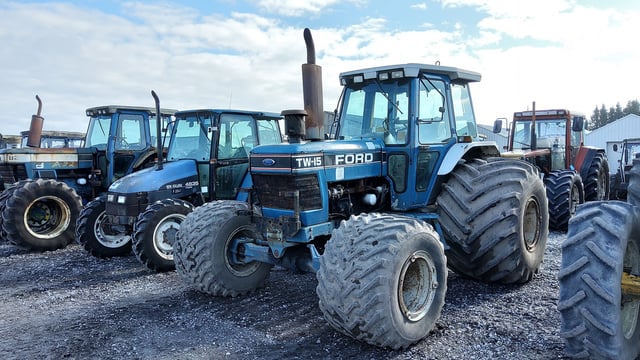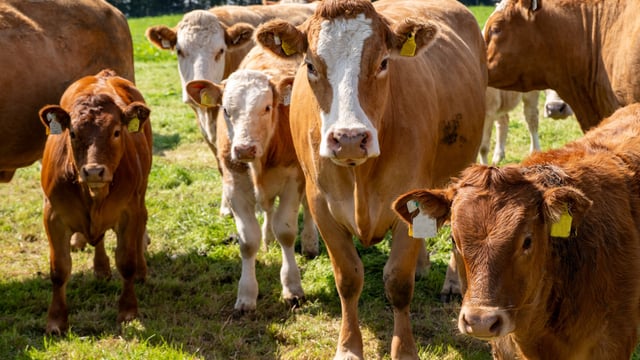'Feed accounts for approximately 70% of direct costs on drystock farms'
“The national average of dry matter digestibility (DMD) over the last 20 years – from all of the silage samples taken – is around 65% DMD, which isn’t great,” according to Kevin Sheehan of Teagasc.
Sheehan was speaking on Thursday, March 5, at the Teagasc seminar titled ‘Producing high-quality silage in 2020’ at the Woodenbridge Hotel & Lodge in Arklow, Co. Wicklow.
There were a number of speakers on the night, which included Peter Lawrence and Mark Plunkett of Teagasc and Chris Maughan of Whelehan Crop Protection.
Why make high-quality silage?
Sheehan, who was the first speaker on the night, spoke about why farmers should make high-quality silage and the benefits of it – on all different farm enterprises.
Sheehan explained: “Ideally, you want to be making silage with a DMD of at least 70%. As well, you want to produce silage with a protein content of 14%.
“Feed accounts for 70% of direct costs on drystock farms, so you want to make sure that the feed that your cattle are getting is of good quality.
“Grass silage accounts for 25-30% of the total DM consumed on drystock farms, so it is important we get it right because it is expensive to produce – it works out at about €125-140t/DM.”
Targets
Sheehan highlighted the importance of making silage when the sugar content in the grass is high in May and June.
He explained: “Ideally, you want to be feeding suckler cows silage that has DMD of 66-68%. Whereas, in the case of finishing cattle, they need to be fed fodder of greater than 72% DMD.
“Beef cattle that are fed silage that was cut in late May and had a DMD of 75% had a liveweight gain of 0.83 and a carcase gain of 0.51kg/day.
“However, if you feed these same cattle with silage that was cut in late June / early July that had a DMD of 60%, the liveweight gain of the cattle would be 0.31 and they would have a carcase gain of 0.15kg/day.
“So, to summarise, over a typical 150-day finishing period, the difference in gain is a substantial 58.5kg. Therefore, this just shows you the importance of making good-quality feed.”
Listed (below) is the target silage DMD for the different classes of cattle.




